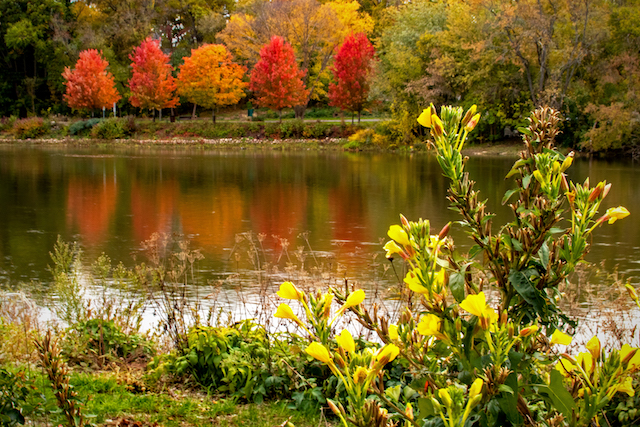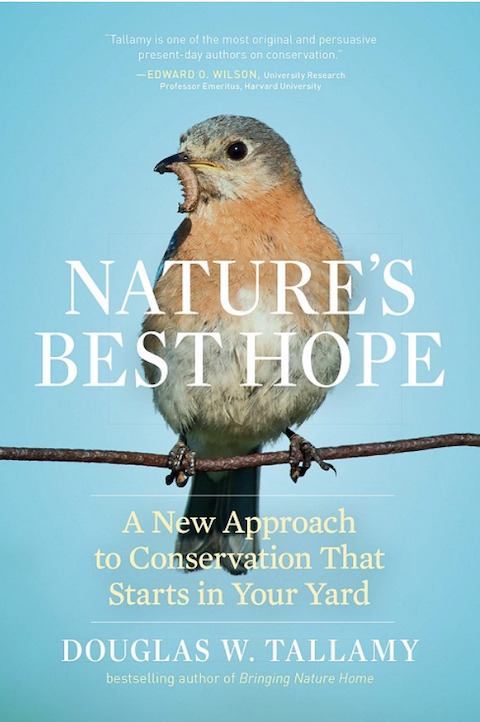Where we live, the Fox River Watershed has been ecologically evolving since the last glacier’s recession 12,000 years ago. The plant and animal species that moved into the region are many times older than that. Our ecosystem had been pretty stable until human settlement 200 years ago. At that point, humans changed the landscape by damming, draining, and diverting our wetlands. Following that was the clearing of forests, plowing of prairies, and grazing livestock everywhere. Our latest assault on the natural environment has been with our lawn culture.
To be a better Friend, let’s just focus upon leaf management. For a tree, spring unleashes a big investment in energy to produce flowers and leaves from their winter vaults as buds. The flowers attract pollinators, then produce seeds to finance the next generation. The leaves work as a production facility collecting sunlight and producing sugars and oxygen through photosynthesis. When the work season is coming to a seasonal close, the leaves collect the precious chlorophyll for next year, turn brilliant colors, and are set free to waltz their way down to the ground floor.
Now on the ground, a new job assignment begins. For the tree, leaves provide insulation for the roots from frigid above ground temperatures (it is a warm 50 F in the ground) and hold scarce moisture during winter’s drought. As they slowly decompose, leaves add to the organic component of the soil. And for the ecosystem, leaves provide shelter, food, and a surface for ecologically essential insect eggs; these eggs will provide crucial food for the spring bird community.
Leaves are an important part of the ecosystem that has been here for thousands of years. Our lawn culture is less than 100 years old. We often maintain lawns for our human neighbors. Let’s consider our wildlife neighbors too. We have made great progress in restoring water quality. Now let’s work on restoring habitat in our watershed. Learn more here.
Please this November, recognize that nature knows best. We are part of our ecosystem. Working with nature is a sustainable path. Working against nature is not. Consider leaf management practices that protect trees through the winter and provide essential food for wildlife returning in the spring. Basically, leave the leaves where practical. Have you ever seen a tree elf rake or blow leaves in a natural community?
To learn more from our friends at The Conservation Foundation: https://www.theconservationfoundation.org/resources/outreach-materials/leaves/



